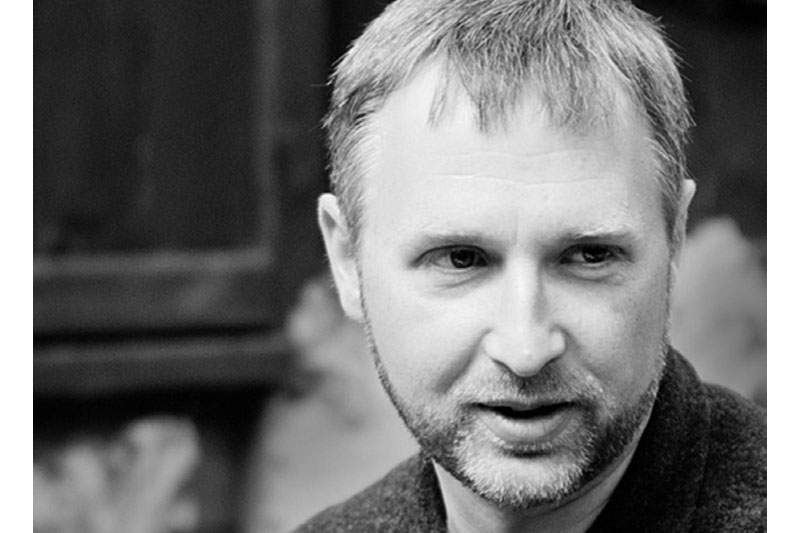Theory and Discourse
Imagining Landscapes of Social and Ecological Resilience | In conversation with Breck Gastinger
LA 58 |
|
Founded in 1985, nelson Byrd Woltz Landscape Architects (NBW) is an internationally recognised design practice with offices in United States and Australia. The firm uses a research-based, mission-driven design process to create places that are deeply rooted in the culture and ecology that shape our landscapes. It seeks to continue building on collaborations with clients and stakeholders in providing design solutions with ecologically and agriculturally productive landscapes, industrial and post- industrial sites, and in the public realm.
Breck Gastinger, a Senior Associate at Nelson Byrd Woltz Landscape Architects began work at NBW in 2000 and has managed a wide range of projects from university landscape master plans, public parks, gardens, cultural spaces and large-scale agricultural landscapes.
|
|
 |
|
Landscape Architecture is a unique spatial design discipline, deeply rooted in interdisciplinary natural processes of a site. At the same time, it needs t o engage with its users from space to becoming a place. How does the studio achieve the balance of addressing these two crucial aspects without compromising on either?
Landscape Architecture by definition is shaped and perceived from a distinctly human viewpoint. As such it is intimately a part of social and cultural processes-that have also been shaped by ecology. For us, it may not be a question of how to balance the powers of 'place' and ecology, but rather, how to reinforce and reveal their interdependence.
In public places, it is true that design decisions involve the responsibility to create truly usable, meaningful, and durable landscapes-which yield different results than full-scale ecological restoration. And yet, by engaging the public, responding to local context, and making users aware of ecological processes, resilient public landscapes can manifest a powerful call to awareness and stewardship and effect change well beyond site boundaries.
If you can help people understand and care about place and engage all ages in considering the importance of local ecologies, creating places that are meaningful to their lives-this can be the beginning of an ethic that can change our world.
Your studio is involved in multi scalar projects across geographies. What are the various design clues that you refer to while working in different regions? How important is it to relate to the local natural and cultural contexts?
Working on diverse project types in different locations and contexts requires several key commitments that motivate us as designers, and that we believe are essential to good design. First, our work requires humility. We are always learning. When new to a project or place, our curiosity is stoked, we have the benefit of fresh eyes, we ask questions. Second, research, collaboration and relationships are essential. We want to know the underlying forces of nature and culture that shape a place and that often leads to fascinating discoveries that have been forgotten by contemporary society. We seek out and consult local expertise, relying heavily on those relationships to better understand project context, and to begin the process of building long-term support and advocacy for the work, even after projects are installed. Lastly, as your question suggests, it is vital to relate to the local natural and cultural context. By combining our outsiders' curiosity with deep research and local knowledge, as well as our own broad set of experience and expertise, we can collectively tap into those qualities that are unique to place to inform and inspire frameworks for successful projects.
|
|


|
|

|
|
|
|
|